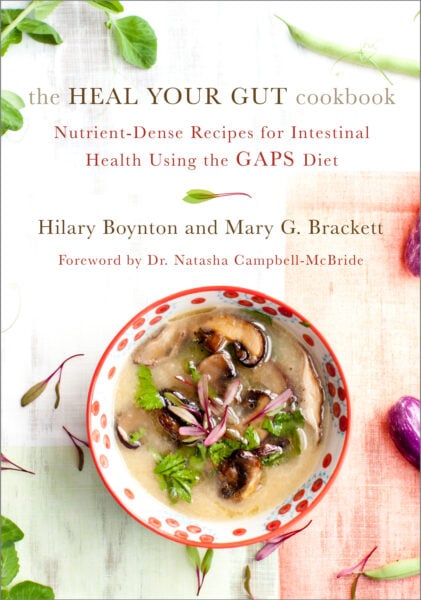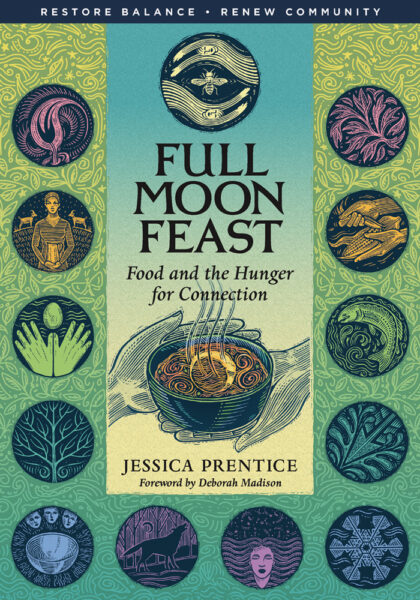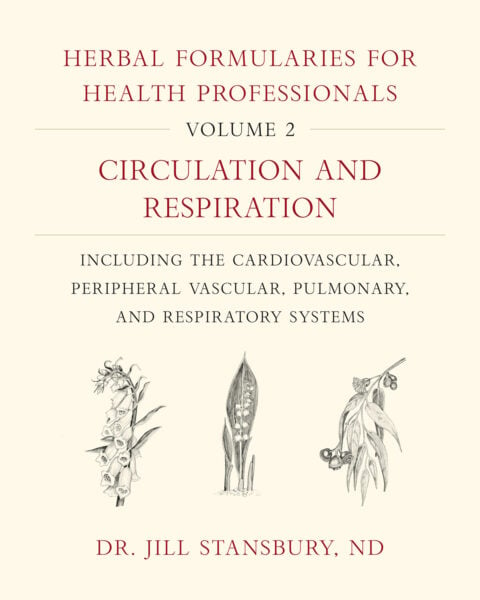Fat is NOT the Enemy: What You Think Could Harm Your Health
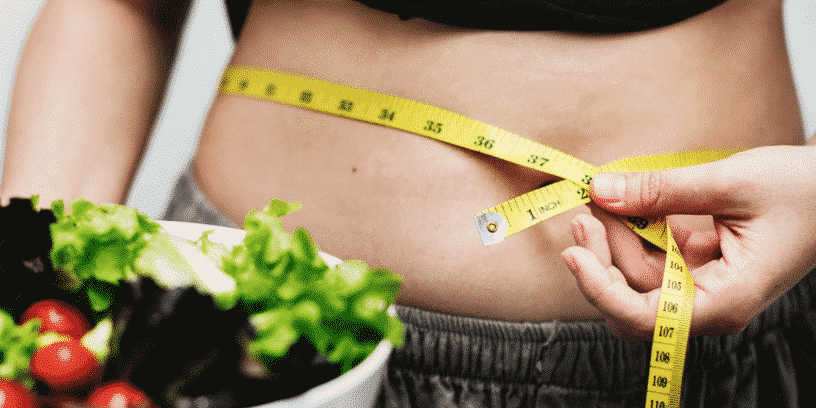
For decades, we’ve been told that fat is the enemy, that it is harmful to our health and well-being. But the reality is, fat, or certain types of fat, when incorporated correctly into our diets, can actually have powerful health benefits. Take it from Domini Kemp, who for years avoided fat but loaded up on carbs and sugars, until her health took a turn. She set out on a path to discover the truth and what she learned may surprise you.
The following is an excerpt from The Ketogenic Kitchen by Domini Kemp, co-authored with Patricia Daly.
Like many in my generation as well as my parents’, I grew up regarding fat as an enemy. As long as every dinner was home cooked and contained very little fat, then I was sure I was on the right track. I used to happily eat toast for breakfast – with no butter, of course, but lashings of honey or jam. Then I’d eat more carbs at lunch and a bowl of pasta for dinner with a tomato sauce or sautéed vegetables, again with no fat, which therefore implied it was healthy, right? Wrong!
Following the standard advice at the time – which was to embrace a low-fat diet without really mentioning all those processed carbs – I thought I was doing great. But it’s clear looking back on it that it was skewed towards one main food group. I have always been against heavily processed foods, so although you could say the diet was weighted towards one food group, on the plus side at least I was cooking. But I thought nothing of sugar and how it cropped up in practically everything we eat.
But as I have learned more over the years, I realise this information is being turned on its head.
For example, our understanding of the role of fat is definitely changing. For years we were told fat was bad, or at best to be eaten only in moderation. But ‘good’ fats (no icky trans fats or hydrogenated fats, thank you) play a crucial role in keeping our bodies, digestion and brains supple and responsive. Some nutrients, including vitamins A, D, E and K, are fat soluble and therefore can be absorbed only if eaten with fat. Fats also do some seriously heavy lifting – in energy production, cell building, oxygen transport and blood clotting, for starters. No mean feat, I reckon. But it wasn’t always this way with fat. It used to be Public Enemy No. 1.
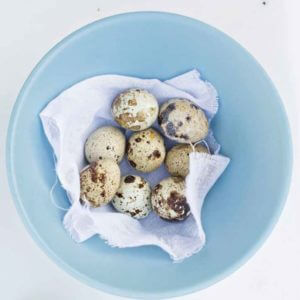 So although I was restrictive when it came to eating fat, I have always detested the processed spreads and low-fat convenience foods that are often touted as ‘healthy’. What nonsense some of those food companies peddle. To try to figure out what we should be doing, I listened to folks like Michael Pollan, whose sage advice includes snippets like ‘don’t eat anything your grandmother wouldn’t recognise as real food’, then branched out into nutritional experts who have overturned the status quo, like Sally Fallon, who embraces fats with a vengeance and is vociferous about our use of seeded oils and our underuse of organ meats and fresh food.
So although I was restrictive when it came to eating fat, I have always detested the processed spreads and low-fat convenience foods that are often touted as ‘healthy’. What nonsense some of those food companies peddle. To try to figure out what we should be doing, I listened to folks like Michael Pollan, whose sage advice includes snippets like ‘don’t eat anything your grandmother wouldn’t recognise as real food’, then branched out into nutritional experts who have overturned the status quo, like Sally Fallon, who embraces fats with a vengeance and is vociferous about our use of seeded oils and our underuse of organ meats and fresh food.
My sister-in-law Doris Choi, a best-selling author and raw food chef from New York whom I met in 2008, really started to open my eyes about raw food, juicing and general well-being. Every summer we get to spend two weeks in the kitchen cooking for our husbands’ families (handy, huh? two of the brothers married chefs) and swapping tips and ideas.
Another important person also came into my life around this time: Susan Jane White, whose best-selling book, The Extra Virgin Kitchen, is all about wheat-free, dairy-free and sugar-free cooking. Over many dinners with Doris and Susan Jane, I began to learn about nutrients – which abound in natural foods – and also about the use of home remedies.
More and more, I started to see that diet was becoming increasingly confusing for those of us who are not in the business of full-time nutrition as more and more information became available. I liked parts of what everyone said, but found they couldn’t all agree on everything. But they did agree on lots of things, so it was really a question of trying to figure out what and how I could convert that into what I wanted to cook at home for my family for everyday nutrition and well-being.
Cancer
Then suddenly my world was turned upside down. The year 2013 began badly for me. I had been sick with adult whooping cough at the start of the year and then found a small lump in my left breast, which I got checked out by my GP. I was then referred to go to the breast check clinic for triple assessment.
I went to get the results and unfortunately (but actually, fortunately!) they found two more tumours in the same breast as the small lump I had found. I was given chemo first – six sessions in total, or one every three weeks. But I made it my mission that instead of getting ‘match fit’, I was going to get ‘chemo fit’. This meant keeping up with work, exercise and going on a healthy eating binge like no other.
Changes to our lives
Back in 1998, I’d had a malignant melanoma, had surgery and was treated with a drug called Interferon. It was chalked up to the fact that I was born in the Bahamas with Celtic skin in an era when no one wore sunblock; I’d had numerous sunburns as a child. Pregnancy kick-started the growth of the melanoma. Skin cancer is extremely dangerous, as it can spread so quickly and people can be slow to notice they have a mole or growth that needs attention. I was lucky, but the fright made me look into the idea of staying healthier in life and looking at things that were ‘anti-cancer’. I read books by Dr. Andrew Weil and Dr. Servan-Schreiber and followed advice where and when I could. I was no angel, but I was certainly aware, so when my breast cancer diagnosis came, I knew what I wanted to do.
For the most part, that meant lots of green juicing, reducing 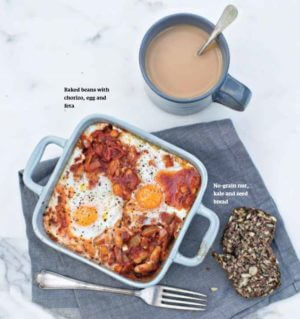 carbohydrates, avoiding sugar or anything processed plus drinking wheatgrass shots every morning and using turmeric, garlic and ginger as much as possible. Bone broths and miso soup became staples. Fermented foods were introduced and I inadvertently ended up fasting a bit during chemo. It was around this time that I not only really started to rely on my foodie friends Doris and Susan Jane for advice, but it was also when I met Patricia. I entered a new phase of eating and was keen to see how it worked.
carbohydrates, avoiding sugar or anything processed plus drinking wheatgrass shots every morning and using turmeric, garlic and ginger as much as possible. Bone broths and miso soup became staples. Fermented foods were introduced and I inadvertently ended up fasting a bit during chemo. It was around this time that I not only really started to rely on my foodie friends Doris and Susan Jane for advice, but it was also when I met Patricia. I entered a new phase of eating and was keen to see how it worked.
Don’t get me wrong: I do not eat a perfect diet and on occasion I take a more relaxed approach. Naturally, I would break out and celebrate if out with friends, but I tried to eat better 80–90% of the time. I know this wouldn’t appeal to many people, but I certainly was able to keep exercising, working and living life as normally as possible. I would be wiped out for a few days post-chemo and then would slowly bring myself back up. I do believe my diet and exercise were major contributors to my well-being and that this helped my treatment. I wanted to support my immune system and not do anything to jeopardise treatment. I was keen to see if what I did was going to make everything more effective. I believe it did.
I don’t like jogging or running, but I tried to get out every day for 30 minutes at some stage for a shuffling run. It wasn’t to get tight buns, but rather to ‘kill cancer’. I just wanted to fight rather than wail ‘why me’. This was my way and I would do it again if I had to.
I had the mastectomy after chemo; the thought of it is so much worse than the reality. I also had an immediate reconstruction. I then went through six weeks of radiation and one final operation. All in all, it took close to a year before I was well and truly done.
When you look at websites, you see words like ‘long-term survival rates’ and ‘outcomes’. These are very hard words to read and even harder for your loved ones to hear. But I guess the magic number is to try to get to five years without the disease coming back. You have to take it one step at a time, but the statistics are there: one woman in 10 will develop breast cancer in Ireland, according to www.cancer.ie.
I would have been aware of what to avoid in life and what to do to ‘prevent’ cancer in very general terms – don’t smoke, avoid getting sunburn, eat healthily, exercise, eat a balanced diet – but it does feel like a really crap lottery.
The more I am learning, the more it seems so clear and obvious that although there are a few common mistakes with the dietary advice patients are being given, I think patients want to do more to help themselves and healthy people want to do as much as possible to prevent disease. Trying to stay fit and lean helps. Exercise is vital. And stress levels need to be kept in control – one of the trickiest things, I find.
It’s also about making some small changes, seeing how you get on and then if it feels good, following that path further. My recipes are about getting started on that path. If you’re keen to pursue it further, just keep turning the pages to get to Patricia’s section.
Today’s advice
Now, I do not claim to be a nutritionist, but I am a chef with a keen interest in nutrition. I do know a reasonably small amount, but in the last few years I have made it my business to learn more, not just about how to cook, but about how to cook in ways that maximise nutritional uptake so our bodies make the most of what we put into them – all those vitamins, minerals and suchlike.
It can take time to introduce new flavours and textures to your weekly menu, however. Training your palate is a process, especially if your diet has been high in processed foods full of sugar, unhealthy fats and salt for a long time, as few foods can match the brain’s appetite for these substances; they send our pleasure receptors haywire. Really, then, you’re retraining your brain as much as your taste buds.
Or at least that’s the gist of it. Many of my recipes are more like guides, really. This is because many ingredients, such as herbs and spices, can be successfully swapped for something else if that’s what you like and it works for you. Don’t like kale? Use spinach instead. Don’t like goat’s cheese? Sure, feta will do, and if you want to ease up on cheese, mash an avocado and season it up and you’ll get the required creaminess we often crave. It’s all about figuring it out as you go along.
Gaining the confidence to cook in this way takes a bit of time, and if you’re a novice cook it can feel important to stick to recipes as it builds your confidence. But as your skills and confidence grow, well, in theory the world is your culinary oyster.
Hopefully these small steps will help you and your loved ones to feel brighter, healthier and stronger.
Recommended Reads
Taking Action: A Parent’s Guide to Health in the 21st Century
Recent Articles
Chances are, you’ve seen cattails growing on the edge of your local lake or stream at least once or twice. Instead of just passing these plants, try foraging for and cooking them to create delicious seasonal dishes! The following excerpt is from The New Wildcrafted Cuisine by Pascal Baudar. It has been adapted for the…
Read MoreGarlic mustard: while known as “invasive,” this plant can be consumed in its entirety and has great nutritional value. Plus, the garlic-flavor is a perfect addition to any recipe that calls for mustard! The following are excerpts from Beyond the War on Invasive Species by Tao Orion and The Wild Wisdom of Weeds by Katrina…
Read MoreOh, honeysuckle…how we love thee. If only there was a way to capture the sweet essence of this plant so we could enjoy it more than just in passing. Luckily, foraging and some preparation can help make that happen! Here’s a springtime recipe that tastes exactly like honeysuckle smells. The following excerpt is from Forage,…
Read MoreIntroducing…your new favorite brunch dish! This whole broccoli frittata is packed with fresh, wildcrafted flavors that are bound to help you start your day off on the right foot. The following is an excerpt from The Forager Chef’s Book of Flora by Alan Bergo. It has been adapted for the web. RECIPE: Whole Broccoli Frittata…
Read MoreMany know the effects of catnip on our feline friends, but few realize that catnip has medicinal effects for humans. From stomach aches to reducing fevers, catnip is a versatile herb with many benefits. The next time you grow this plant for your cat you may end up taking a few cuttings for yourself! The…
Read More

